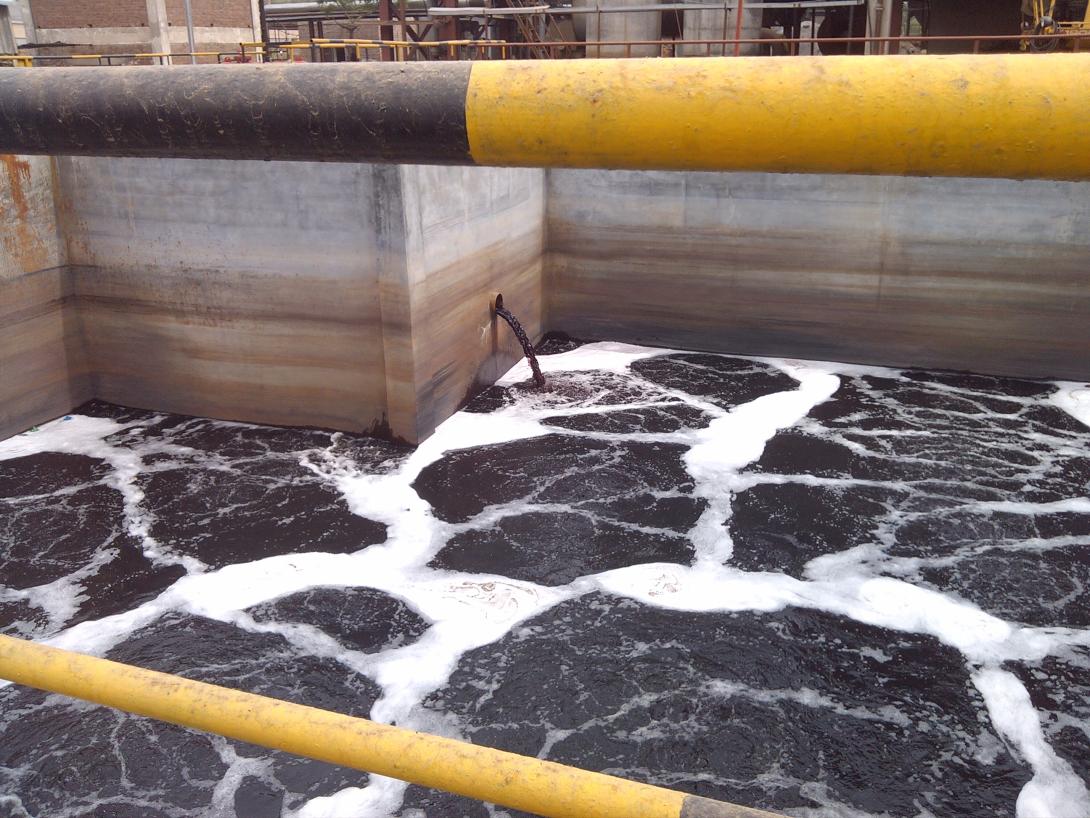Training of Trainers (ToT) on Water- Water supply, In-house, End-of-Pipe

© GIZ
This tool aims to provide guidance for trainers, learning facilitators, and service providers conducting a training program on Water: Water supply, In-house, and End of Pipe within the context of the textile and garment industry. The training course has been developed under the project Promoting Sustainability in the Textile and Garment Industry in Asia (FABRIC). It focuses on water-saving techniques and opportunities in textile wet-processing, targeting service providers, university faculty members, and textile factories in Bangladesh.
Main features and components
Training of Trainers (ToT) on Water- Water supply, In-house, End-of-Pipe- tool covers:
- Engaging Training Materials:
- Includes 21 topic-specific presentations and an on-site plant visit/practical session.
- Designed for effective learning and participant engagement.
- Interactive Learning:
- Promotes engagement through interactive sessions and practical exercises.
- Encourages active participation, discussion, and real-world application of knowledge.
- Comprehensive Learning Objectives:
- Covers a wide range of water conservation objectives:
- Water Security and Integrated Water Resource Management (IWRM) principles.
- Practical skills in assessing water usage, using KPIs, and maintaining water quality standards.
- Proficiency in water metering and understanding raw water treatment methods.
- Expertise in various dyeing techniques and advanced treatment methods, including Zero Liquid Discharge (ZLD).
- Empowers participants to make informed decisions, implement sustainable practices, and drive positive change in the industry's water conservation efforts.
- Covers a wide range of water conservation objectives:
Implementation and work steps
The training materials offer versatile options for planning training programs. They are primarily designed for class lectures but can be integrated into various academic activities:
Option 1 - Standalone Short-Term Training:
- Service providers can organize commercial ETP operating staff training.
- Materials are adaptable and customizable.
- Comprehensive six-day training program.
- Suitable for classroom integration, but with a fixed learning pace.
Option 2 - Supplementing Academic Learning:
- Addresses the shortage of quality Water-related training materials.
- Easily integrated into curricula for short-term programs.
- Enhances regular environmental engineering/science courses.
- Valuable asset for academic institutions.
Downloads
Characteristics
Phase of intervention
Operating SIA, Resource efficiency
Level of intervention
Park management
Regions
Asia
Countries
Bangladesh
Target groups
Company, SME, Industrial area management and operator